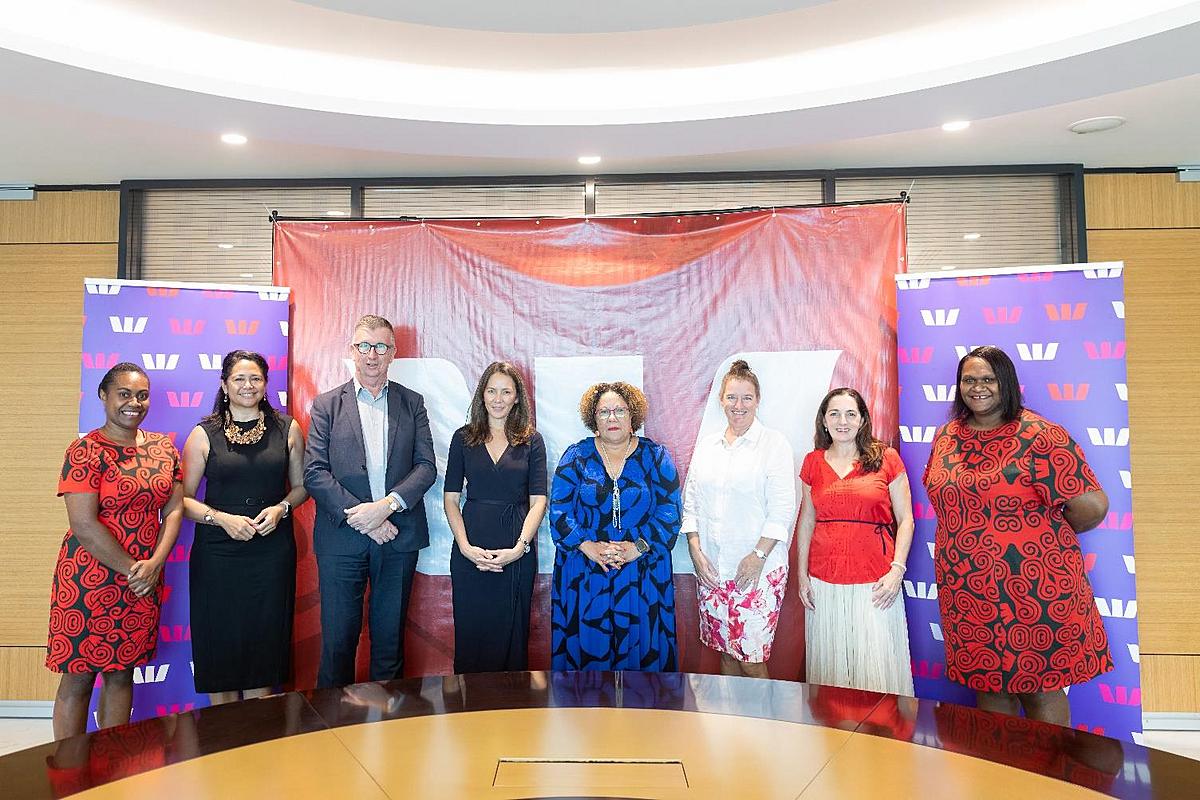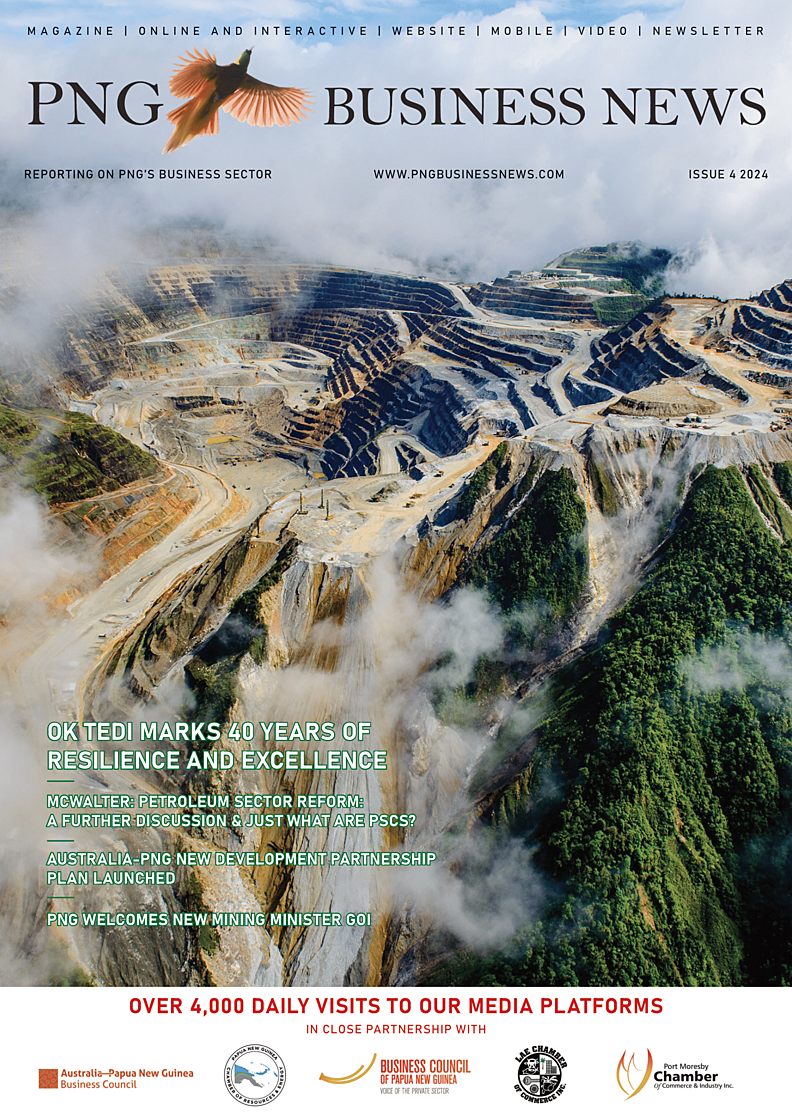According to the Kina Bank, investment from resource projects is a prerequisite to medium-term economic growth in PNG. Its mid-year outlook has noted that the estimate of the International Monetary Fund would shrink by 4.9 per cent this year.
“PNG, by comparison, is expecting a relatively modest 2 per cent fall in the real gross domestic product (GDP),” the bank said. “Additional Covid-19-related expenditure was required and revenue losses were felt by the economy, which placed upward pressure on PNG’s debt-to-GDP ratio. Initially projected at 40.3 per cent of GDP, debt is expected to increase to 48.9 per cent at the end of 2020 with a forecast medium-term track of increasing debt-to-GDP in line with ongoing fiscal deficits. This 8.6 per cent increase can be compared to the 19.3 per cent increase in Australia’s debt-to GDP expected from 2020 to 2021, and the 32 per cent increase in Fiji’s within the same period.”
The bank also added that although this track was not ideal, any withdrawal of fiscal support is negative.
The bank said, “An increasing track is tolerable if there is a level of confidence that the resource deals that are currently under negotiation, which represent up to US$31billion (K105.94bn) in foreign direct investments, are agreed. This will lead to further investment in the country creating a large multi-year stimulus that will ultimately add to the longer-term cash inflows for the country.”
“The road to recovery post-Covid looks promising relative to some of PNG’s neighbours, with the distinguishing local positive feature being the large potential investments to be made,” it added. “We are quietly confident that the Government and project developers will confirm the US$13billion (K44.42bn) Papua LNG project late this year or early next year, with some progress being made in discussions.”










